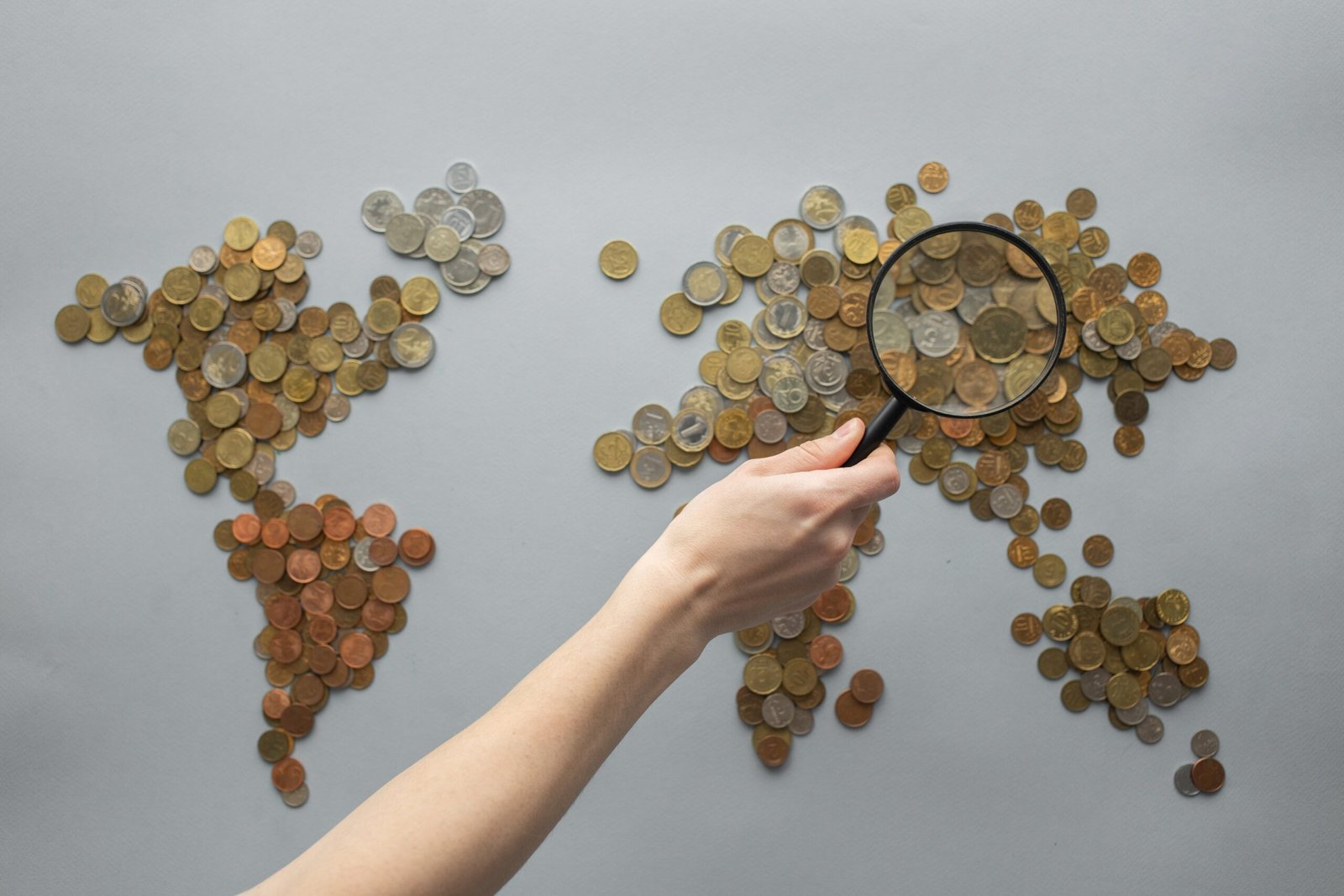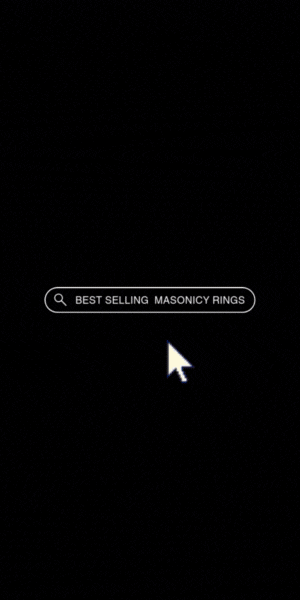
Masonic coins have a long history, over a thousand years old. So what are masonic coins used for? You’ll have to go back in time. They are symbols of the Masonic fraternity.
These coins are more than just things to collect. They mark achievements, bring people together, and keep Freemasonry’s traditions alive.
Key Takeaways
- Masonic coins have a long and storied history, dating back over a thousand years.
- These coins serve as a way to recognize individual accomplishments within the Masonic lodge.
- Masonic coins help to foster a strong sense of community and shared identity among Freemasons.
- MetalPromo has over 15 years of experience creating high-quality Masonic challenge coins.
- Masonic coins are used in various lodge ceremonies and rituals to celebrate Masonic values and traditions.
The Origins and Evolution of Masonic Coinage
The history of masonic token coins goes back over a thousand years. Early tokens became more detailed and meaningful to Freemasonry. These changes show how the fraternity’s values and practices have shifted over time.
Early Masonic Token Development
Freemasonry started in the Middle Ages as a group of skilled builders. It’s one of the oldest fraternal groups worldwide. At first, Masonic tokens were simple. They helped new members know they belonged and were reminders of their journey.
These “chapter” or “mark” coins were made for each lodge. They were often made of copper, bronze, or silver.
Historical Significance in Freemasonry
Masonic coins have symbols that mean a lot to the fraternity. Symbols like keystone, chisels, and mallets show its teachings and values. Finds like the Masonic “mark” coin from 1991 show how important these coins are.
Evolution Through Different Eras
Masonic coins have changed a lot over time. They went from simple tokens to detailed designs. These designs, like “initiation tokens,” tell a member’s story in the Brotherhood.
They also mark special Masonic events or people. For example, the 1807 silver medal from the Netherlands’ “La Vertu” lodge and the 1772 medal of Ferdinand of Braunschweig-Lüneburg as Grand Master of German Freemasons.
| Statistic | Value |
|---|---|
| Total number of Freemason presidents of the United States | 14 |
| Number of masonic presidents that have been commemorated on United States coins | 9 |
| Number of Masonic government officials depicted on U.S. coins | at least 10 |
| Number of times George Washington appeared on U.S. coins | at least 9 |
| Number of times Franklin Roosevelt was commemorated on U.S. coins | 2 |
“Freemasonry dates back to the Middle Ages when the organization was a guild of skilled builders, making it one of the oldest fraternal organizations globally.”
What Are Masonic Coins Used For
Masonic coins have many uses in the fraternity. They are given to members for recognition and to celebrate special events. These masonic commemorative coins mark big events like lodge anniversaries and the start of new members.
They also serve as keepsakes, helping to bond members together. They keep Masonic history alive.
One key use of masonic coins is to honor members’ achievements. These masonic medal are given to those who show great service and leadership. Getting a Masonic coin is a big honor, showing the person’s commitment to Freemasonry.
Masonic coins also celebrate important events in the fraternity. They are used for the start of a new lodge, the change of a Worshipful Master, or a lodge’s anniversary. These coins are a way to keep the history and traditions alive.
Masonic coins are also educational tools. Their designs and symbols teach Masonic values to members and the public. By looking at these coins, people can learn more about Freemasonry’s history and values.
In summary, masonic coins are very important in Masonic tradition. They remind us of the fraternity’s rich history and its goals of brotherhood, giving, and personal growth.
You may also like – The Masonic Bible – Here Are At Least 10 Surprising Facts The Haters Don’t Know
Types and Designs of Masonic Challenge Coins
Masonic challenge coins are very special. They come in many designs and types. Each one has its own charm and meaning. They show the history and symbols of Freemasonry.
Die-Struck Coins
Die-struck coins look very elegant. They have detailed designs that show Freemasonry’s history. These coins feel heavy and real, which makes them very valuable.
Soft Enamel Varieties
Soft enamel coins are bright and colorful. They have detailed designs that pop out. These coins are loved for their bright colors and careful details.
Hard Enamel Specimens
Hard enamel coins are strong and look great. They have a surface that’s hard to scratch. These coins last a long time and show Masonic symbols well.
Masonic challenge coins have many symbols. You might see the All-Seeing Eye or the Square and Compass. They remind us of Freemasonry’s history and values.
“As symbols of respect, dignity, and charity, custom Masonic challenge coins are used to celebrate the rich tradition of Freemasonry and the esteemed members within Masonic lodges.”
Symbolic Elements and Their Meanings
Masonic coins carry deep meaning. They show the values and teachings of Freemasonry. Symbols on these coins represent the group’s beliefs.
The All-Seeing Eye is a key symbol. It means watching over and being moral. The Letter G stands for “God” or “Geometry,” showing the spiritual and smart sides of Freemasonry.
Also see: The Masonic Bible – Here Are At Least 10 Surprising Facts The Haters Don’t Know
The Square and Compasses are famous symbols. They mean being moral and wise. The Ark and Anchor stand for peace and hope in hard times.
| Masonic Symbol | Symbolic Meaning |
|---|---|
| Blazing Star | Spirituality and knowledge |
| Masonic Gavel | Power and the need for a clean, moral heart |
| Masonic Sheaf of Corn | Charity and community support |
| Acacia Tree | Immortality and eternal souls |
| Ark of the Covenant | God’s forgiveness and the keeping of holy books |
| Masonic Altar | A place for communion with the divine |
These symbols on masonic coins show the group’s values. Knowing their meanings helps us understand Freemasonry’s history and importance.
“The symbolic language of Freemasonry is a powerful means of conveying the organization’s values and beliefs. These symbols resonate with members, serving as a constant reminder of the principles that guide their actions and interactions.”
Collecting and Preserving Masonic Coins
Collecting masonic coin collecting is a fun hobby. It lets people learn about Freemasonry’s history and symbols. But, finding real masonic collectible currency needs knowing how to check if it’s real and how much it’s worth.
Authentication Methods
It’s key to know how to spot real freemasonry numismatics. Look for special designs, marks, and what the coin is made of. Getting help from trusted sellers and experts can make sure your coins are genuine.
Value Assessment Guidelines
The worth of Masonic coins depends on how rare they are, how good they look, and their history. Rare coins or those made by famous Masons can sell for more. Keeping up with what coins are selling for helps you buy the right ones.
Preservation Techniques
Keeping coins safe is important. Use special sleeves or capsules to protect them. Store them in a cool, dry place to avoid damage. Cleaning them right can also keep them shiny and last longer.
Masonic coin collecting is a great hobby. It lets you connect with Freemasonry’s history and symbols. Knowing how to check coins, their value, and how to keep them safe helps you build a valuable collection.
Modern Uses in Lodge Ceremonies
In Freemasonry, masonic commemorative coins are very important today. They have symbols of masonic fraternal regalia and masonic lodge symbols. These coins connect the past and present of the Masonic order.
Lodges make special coins for big events and milestones. These coins have modern designs but keep the old Masonic symbols. Symbols like the square and compass mean a lot to Masons.
Coins are more than decorations in lodge rituals. They are given as awards or tokens of brotherhood. Getting or giving these coins makes Masons feel proud and connected.
Freemasonry keeps changing, and coins are more important than ever. They remind us of the Masonic history and values. This keeps the Masonic light shining in today’s world.
Conclusion
Masonic coins are very important in the Freemasonry world. They show the group’s long history and traditions. These coins have changed over time but keep the group’s core values and symbols.
For those who collect or are part of Freemasonry, these coins are very special. They give a peek into the long history of this fraternal order.
The different designs of masonic coins show their deep connection to Freemasonry. They are used in ceremonies, given as rewards, or collected. These coins keep the traditions and rituals of Freemasonry alive.
As more people start collecting masonic coins, they connect the past and present. They help keep Freemasonry’s rich history alive for future generations.
In short, masonic coins are symbols of Freemasonry’s lasting spirit. They show the group’s bonds, values, and traditions that have lasted for centuries. As people continue to collect and appreciate these coins, their importance in Freemasonry history is clear.
FAQ
What are Masonic coins used for?
Masonic coins are a big part of Masonic Lodges. They welcome new members and honor long-time ones. These coins show where a lodge is and help people feel part of it.
They celebrate important Masonic values and brotherhood. Coins also mark special moments and are kept in families for years.
How have Masonic coins evolved over time?
Masonic coins have changed a lot over the years. They started simple and got more detailed. These coins show how Freemasonry has grown and changed.
They go back centuries, from simple tokens to detailed challenge coins. For example, there’s a 1807 silver medal from the Netherlands and a 1772 medal from Germany.
What purposes do Masonic coins serve within the fraternity?
Masonic coins have many uses. They recognize members, celebrate events, and reward service. Coins mark big moments like lodge anniversaries and new member initiations.
They also help keep the bond between members strong. And they keep Masonic history alive.
What are the different types and designs of Masonic challenge coins?
Masonic coins come in many types and designs. Some look old-fashioned, while others have bright colors. They are made to last and often show Masonic symbols and lodge info.
For example, there’s a 1905 Islamic Dynasties Order of the Rose Croix badge and many German Masonic medals from the early 1900s.
What symbolic elements are commonly featured on Masonic coins?
Masonic coins use symbols that mean a lot to Freemasonry. You’ll see the square and compass, the all-seeing eye, and tools of masonry. These symbols talk about moral and spiritual growth.
For instance, Mexican Masonic pennies have a keystone symbol. And some medals show the Aztec calendar stone, mixing Masonic and cultural symbols.
How do collectors authenticate and preserve Masonic coins?
To collect Masonic coins, you need to know how to tell real ones from fake. You also need to know their value. Keeping coins in good shape is important.
Collectors should watch market trends. And they must store and handle coins carefully to keep them safe.
How are Masonic coins used in modern lodge ceremonies?
Today, Masonic coins are important in lodge ceremonies. They are used in rituals, given as awards, and as symbols of brotherhood. Lodges make special coins for big events or milestones.
These coins have modern designs but keep the traditional Masonic symbols. They connect today’s Freemasonry with its rich history.












